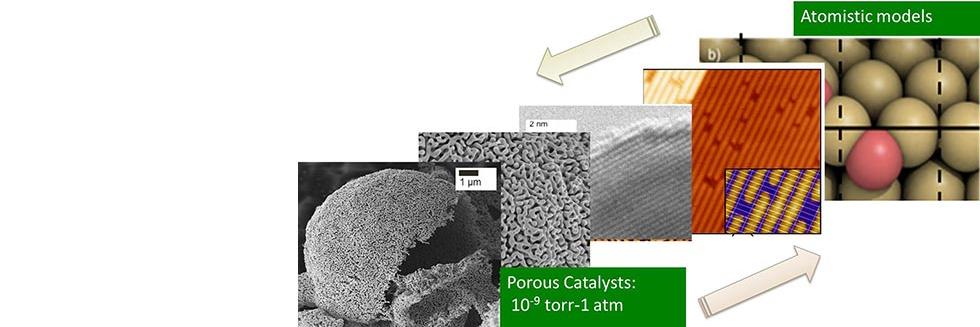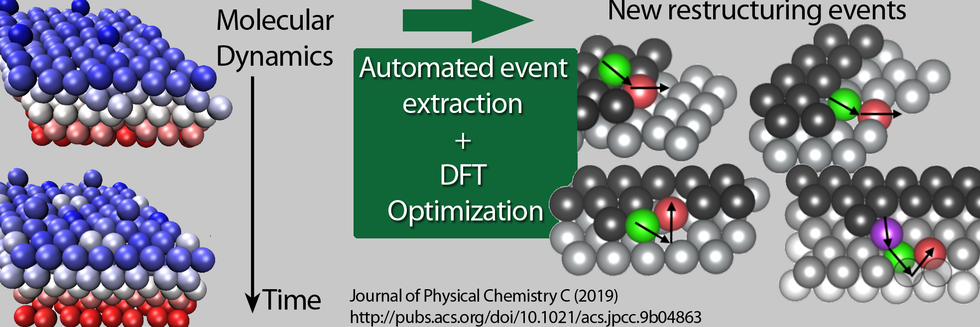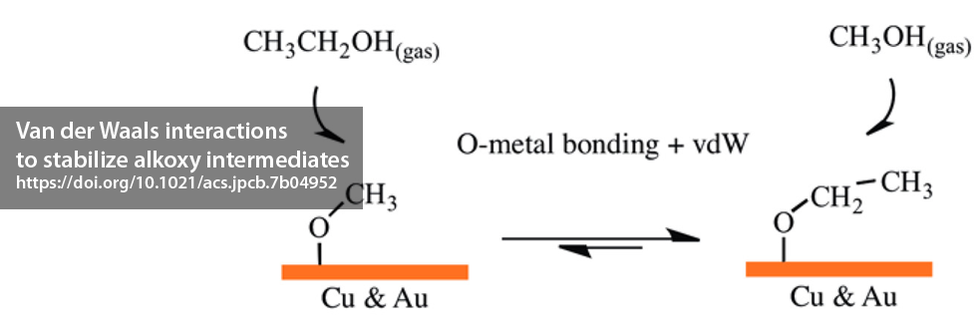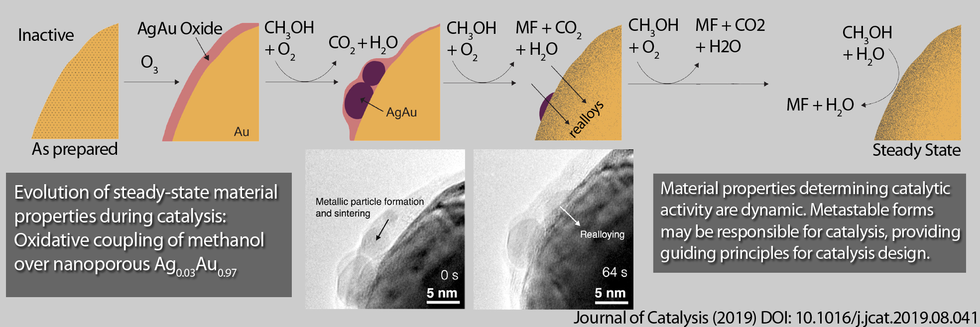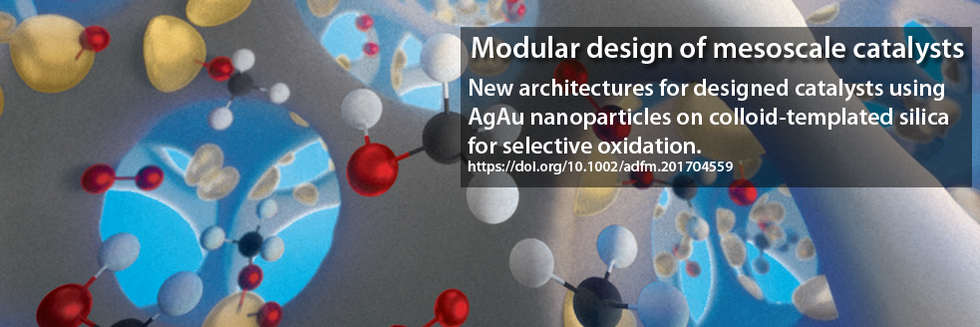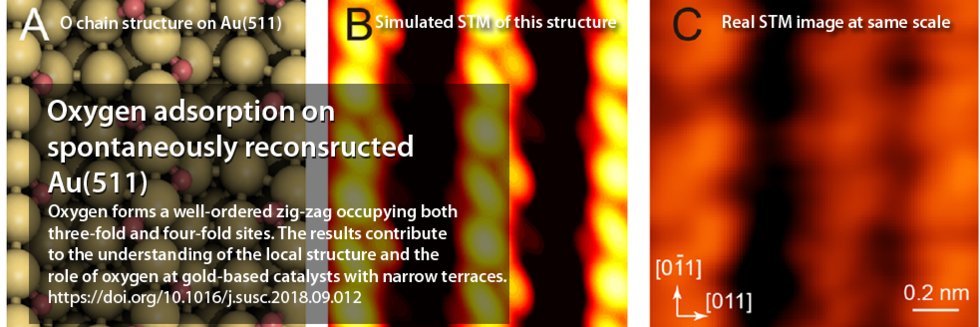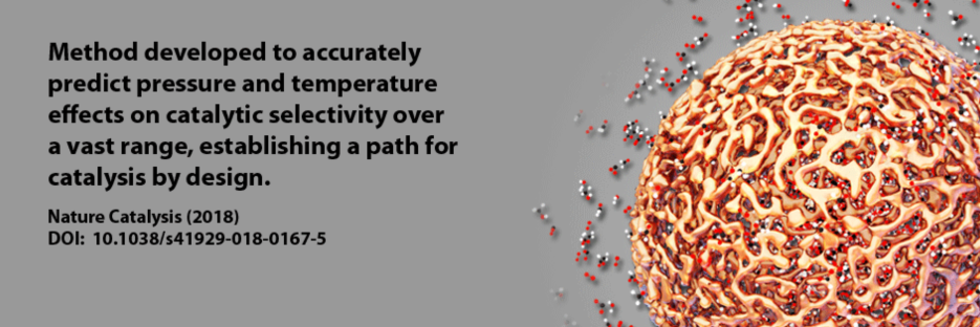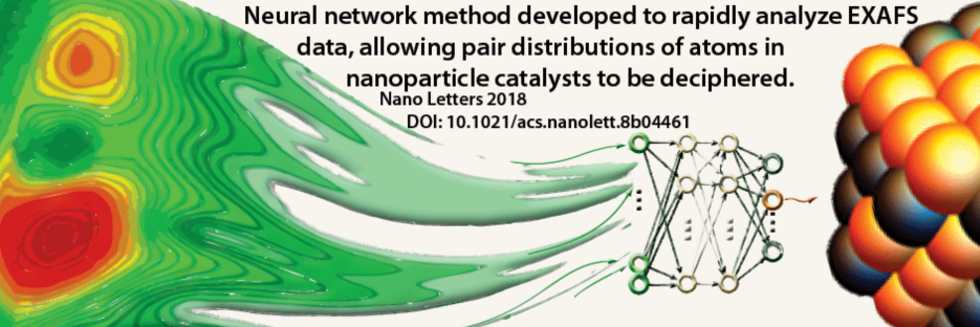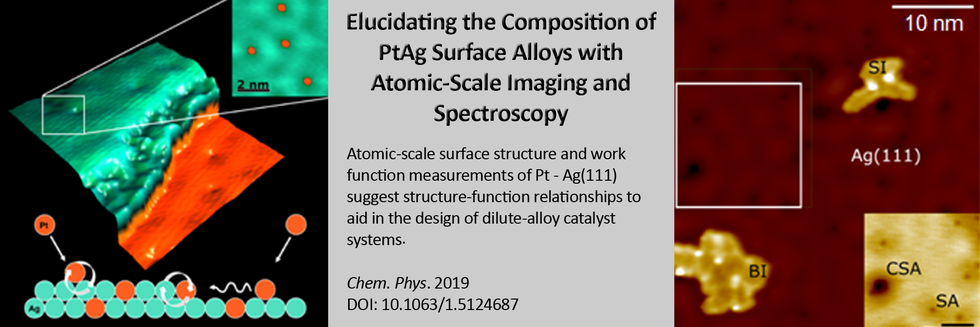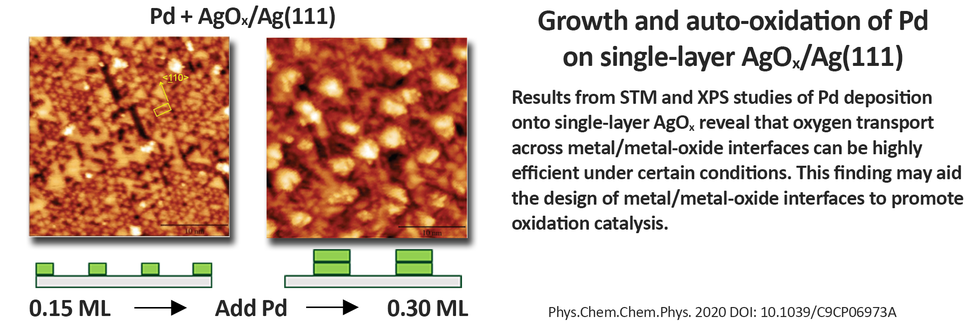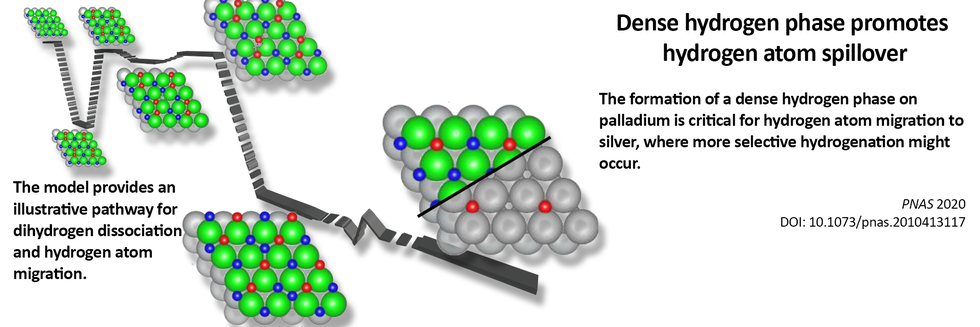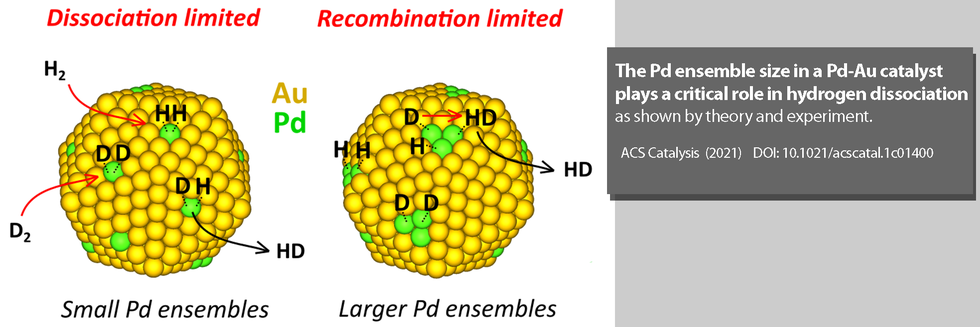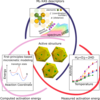Spotlight
Announcement
 Bob Madix, leading chemical engineer and IMASC Deput Director passes away
Bob Madix, leading chemical engineer and IMASC Deput Director passes away
Robert J. "Bob" Madix, a prominent chemical engineering and chemistry professor at Stanford and Harvard, and a National Academy of Engineering member, passed away at the age of 84 in Palo Alto, CA from complications of ALS (amyotrophic lateral sclerosis). Madix was a faculty member at Stanford University until 2004. He moved to Harvard in 2005 to join the Paulson School of Engineering, where he continued his research after 17 years of cross-country commuting because of his relationship with his wife, Cynthia Friend. Bob was a major force in developing the field of surface chemistry applied to heterogeneous catalysis, a field critical in the chemical and energy fields.
Madix was a charismatic leader, known for his creative vision and his dogged pursuit of excellence in all that he did. As a graduate student at UC Berkeley under the guidance of Prof. Michel Boudart, he recognized the need to understand reaction mechanisms on well-defined surfaces to advance the field of heterogeneous catalysis. He completed his doctorate at University of California, Berkeley in 1964, and subsequently pursued postdoctoral research at the Max Planck Institute in Goettingen after receiving a National Science Foundation Fellowship. During his postdoctoral year, he visited leading labs in Europe and developed a plan for his research that capitalized on recent technological developments in the tools of surface chemistry.
Madix joined the Stanford Chemical Engineering department in 1965 as one of only a few faculty, helping to build the young department. His research was built around the desire to understand chemical reactions at the gas-solid interface under well-defined conditions. The culmination of his work was to establish predictive models for catalytic processes based on fundamental knowledge—a major achievement over his lifetime. He was dogged in his quest for rigor and excellence and often stimulated vigorous discussion in the field.
Bob had a major impact on many influential scientists and engineers through his Socratic and rigorous teaching and research coaching. He was a Ford Foundation Fellow at Stanford (1969- 72) where he taught an innovative introductory chemistry course while also establishing a world-class research program. Many of his former graduate students and postdoctoral researchers went on to be major leaders in chemical engineering and chemistry internationally. Bob and his wife, Cynthia Friend, had a long research partnership, including leadership of an Energy Frontier Research Center at Harvard where they trained may students and fostered collaborative research in sustainable catalysis.
He was promoted to Associate Professor with tenure in 1973 after a tumultuous tenure review that included evaluation of his research by a special provost’s committee. As a Ford Fellow, Bob was embroiled in activities protesting the Vietnam war, which made him a controversial figure when being considered for promotion. The strength of his research program prevailed since he had clearly helped establish a new field.
Ultimately, Madix became a senior leader in Department of Chemical Engineering at Stanford. He helped bring resources to the department, to recruit several faculty members, and to build the Chem E program. He was department chair between 1983-87.
Bob’s work was recognized through many awards and honors, including election to the National Academy of Engineering, a Humboldt Senior Research Award (1978), North American Catalysis Society Paul H. Emmett Award in Fundamental Catalysis (1983), ACS Arthur Adamson Award in Surface Chemistry (1997), IPMI Henry J. Albert Award (1997), ACS Somorjai Award for Innovation in Catalysis (2010), and the AVS Langmuir-Gaede Award (2022). He was a Fellow of the American Chemical Society and of the American Vacuum Society.
Madix was born in Indiana but spent most of his early life in Champaign, Illinois. His early life was affected by WWII, when his father joined the army. His precocious mind led to boredom at school. Boredom combined with his impish nature led to disciplinary problems in school. When he was in 5th grade, a counselor recommended he be promoted to the 8th grade, based on academics; however, his father vetoed the idea since Bob was slight even for his age. This decision was important for Bob because it enabled him to mature physically and mentally to be a successful, all-around student.
Bob was a star athlete in high school lettering in both football and baseball. He played baseball at University of Illinois, where he studied chemical engineering. In his senior year, he won the Big 10 Honor Award and the David Huff Award for the student-athlete at University of Illinois, both of which recognized academic excellence for a student-athlete. Although he was scouted by professional baseball teams, he chose to pursue graduate studies, noting that many talented players languished in the minor leagues, not making a living wage in those years.
Bob was also an avid musician, inspired in part by his mother’s piano and his father’s inspirational singing at their home and in the church choir. He composed music and performed in the Bay Area in the 1970s and continued to play the guitar for his personal comfort throughout his life.
Madix was fortunate to have an engaged and harmonious extended family. He is survived by his wife of 36 years Cynthia Friend. Bob is also survived by his first wife Camille Andre (nee’ Flores), mother of Bradley and David, and his second wife Barbara Slatkin, mother of Michaella and Evan.
Bob is survived by three sons and a daughter—Bradley Madix and his wife Pam (Nashville, TN), David E. Madix (Seattle, WA), Michaella Madix (San Francisco), Evan Madix (Boise, ID)— a stepdaughter, Ayse Gurdal-Friend (Cambridge, MA), four grandchildren (Austin Ohel, Danielle Madix, Beau Wilson, and Asher Wilson) and one great-granddaughter (Mira Ohel). Madix is also survived by his sister, Betty Gorenflo (Orlando, FL) and his brother in law, Randolph Friend (Dallas TX). His brother, James Madix, predeceased him.
Previous IMASC Features
Friend JPCC Special Festschrift Issue
Fang Xu interview
Metalmark and Tanya Shirman
National Academy: Aizenberg and Friend






